Fort Jesus is located at Mombasa on the Kenyan coast. It is one of the three outstanding early Portuguese forts built around the coast of Africa in the 16th century and now included on the world heritage list (others are at Mazagan, Morocco, and the Island of Mozambique).
It was built between 1593 and 1596, and features high plastered walls built of coral rock, and a peculiar angular shape designed so that any assailant trying to climb any of the walls could easily come under fire from one of the bastions.
It was designed by an Italian architect, Giovanni Battista Cairati also known by the name of John the Baptist or in Portuguese Joao Batista Cairato. He probably never saw completed Fort Jesus because he died in Goa in 1596
On 11 April 1593 the fortress was dedicated and named “Fortaleza de Jesus de Mombaça” by Mateus de Mendes de Vasconcelos the then captain*. The fort was completed in 1596; the plan was a quadrilateral with four bastions: S. Felipe, S. Alberto, S. Mathias and S. Mateus. The main gate was near S. Mathias bastion. Seen from the air, the fort has the shape of a man lying on his back facing the Indian Ocean.
The fort has a rich history and has passed hands many times during its existence. On 16 August 1631, the Sultan Dom Jeronimo Chingulia entered the fort and took the Portuguese by surprise; he killed the Portuguese captain, Pedro Leitão de Gamboa, and massacred the whole Portuguese population of Mombasa (45 men, 35 women and 70 children). A Portuguese expedition was sent from Goa to retake the fort, but after two months of siege (10 January 1632 to 19 March 1632) they abandoned their mission. On 16 May the Sultan abandoned the fort, left Mombasa and became a pirate. On 5 August 1632 a small Portuguese force under the captain Pedro Rodrigues Botelho reoccupied the fort.
Once again from 13 March 1696 the fort was under siege. After a siege of two years and nine months the Omani Arabs took the fort. The Portuguese garrison had been reduced to nine soldiers as many had died due to disease. On the morning of 13 December 1698 the Omani Arabs attacked and took the fort, just seven days later a Portuguese relief fleet arrived at Mombasa, but it was too late. With the conquest of Fort Jesus the whole coast of Kenya and Tanzania with Zanzibar and Pemba fell to the Omani Arabs.
In 1728 the Portuguese retook the fort they were able to do so because the African soldiers in the fort mutinied against the Omanis. The Sultan of Pate offered to hand over the to the Portuguese on 16 March 1728,their re-occupation was brief and in April 1729, the people of Mombasa revolted against the Portuguese and put under siege the garrison that was forced to surrender on 26 November 1729.
When British Protectorate was proclaimed on the 1st July 1895, and the fort was converted into a prison until 1958 when it was converted it into a historical monument. On the 24th October 1958 Fort Jesus was declared a National Park and on the 29th November 1960, it was officially opened to the public. On 1st January. 1969, it was transferred from the custody of the National Parks Trustees to the Museum Trustees of Kenya. The fort was declared a World Heritage site by UNESCO in 2011.
Today, the fort, which occupies an area of land about 2.5 hectares, is a major tourist attraction. I visited the fort last year in December with my brother. We’d both been there before but this is the first time I have taken proper photos.
Right outside the fort there was an old man selling brass antiques. I love little trinkets so I had to stop and take a photo.
We got to the fort and opted for a guided tour. Guided tours are free, you can choose to tip your guide if you enjoy the tour.
The guide
It was almost closing time so we took a quick tour of the fort.
It was through this passage that the Sultan Dom Jeronimo Chingulia entered the fort and took the Portuguese by surprise in 1631
If my memory serves me right the door is just for decoration, it does not lead anywhere it was a gift from the Sultan of Oman.
The entire fort was built out of large hewn coral blocks measuring roughly 13 inches by 89 inches. The walls were made of plastered earth and sometimes rubble.
Remnants of the trolley system used for transport in Mombasa.
One of the rooms contains a panel of Portuguese paintings. There was not much to do in the Fort and painting was one of the ways the soldiers kept themselves occupied.
The Captain’s house was built overlooking the harbor. Parts of the house were destroyed during the Arab siege of 1696-8, and were never restored.
The contemporary layout the main, central courtyard of the fort incorporates new structures built during the restoration include a museum, the former curator’s house (now the site offices), a ticket office, toilets, a refreshment room, and a shop.
Within the fort museum, displayed artefacts link the story of the Portuguese presence on the East African coast to the larger history of the region: the collection includes ceramics of Chinese, Persian, Arab and Portuguese origin, as well as a collection of East African earthenware, weaponry, and instruments.
Housed outside Fort Jesus is a cannon from HMS Pegasus a 2000 ton British cruiser. HMS Pegasus an elderly 2000 ton Third Class cruiser was sunk on the afternoon of 20 September 1914 off Zanzibar harbour by the 3000 ton German cruiser SMS Königsberg. A floating crane was used to retrieve the eight 4 inch guns and after a short period of reuse one was presented to the town of Mombasa.
Luck soon ran out for the Königsberg it was destroyed by a combined naval aerial and ship bombardment. A 4 inch gun salvaged from the sunken Königsberg also stands outside Fort Jesus. Source
The fort is open to the public every day from 8am to 6pm and the charges are as follows
Have you voted?
Safari254 has been nominated for a Bloggers Association of Kenya (BAKE) award in the best travel category. Please spare a minute of your time and VOTE for me.
#WeekendTravelInspiration Link up
1. Link one of your inspirational travel photos or stories to this post by adding your info.
2. Copy and paste our badge and a link to this page.
3. Visit some of the other wonderful travel bloggers, read their posts, and leave a comment. It would be great if you could comment on 2-3 posts.
4. Tweet it and include this hashtag. #wkendtravelinspiration .
5. Follow all the hosts of Weekend Travel Inspiration:
Corinne and Jim of Reflections Enroute, Margherita and Nick of TheCrowdedPlanet, Paula and Gordy ofContentedTraveller, Crystal and Francisco of BayEssence, Rhonda Albom of AlbomAdventures and Eileen from FamiliesGo.
[inlinkz_linkup id=509749 mode=1]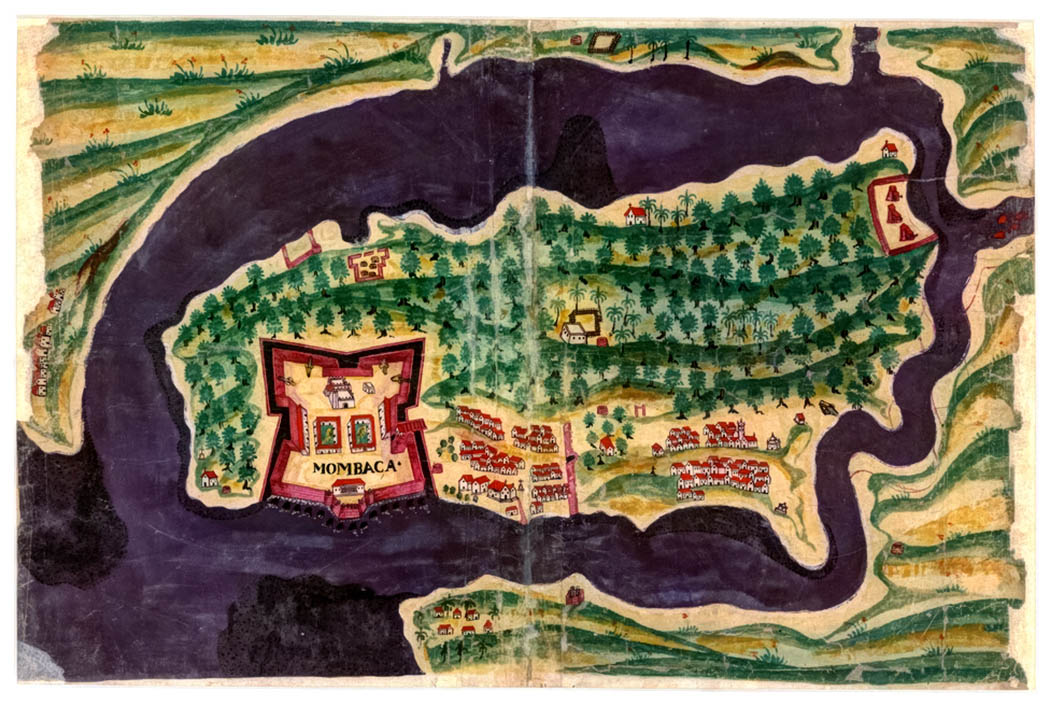
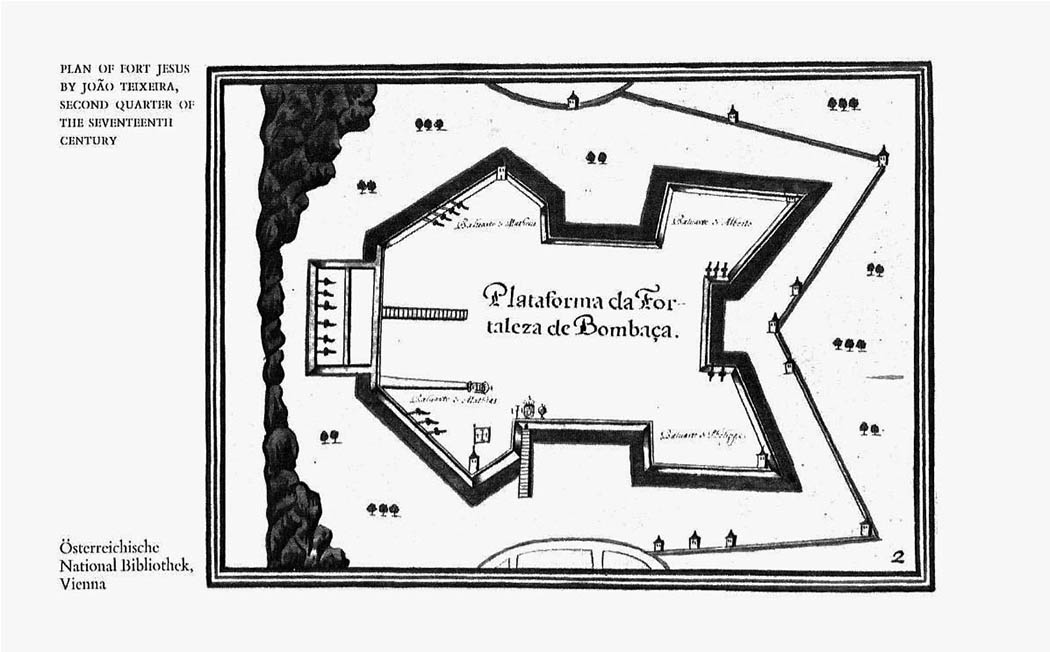
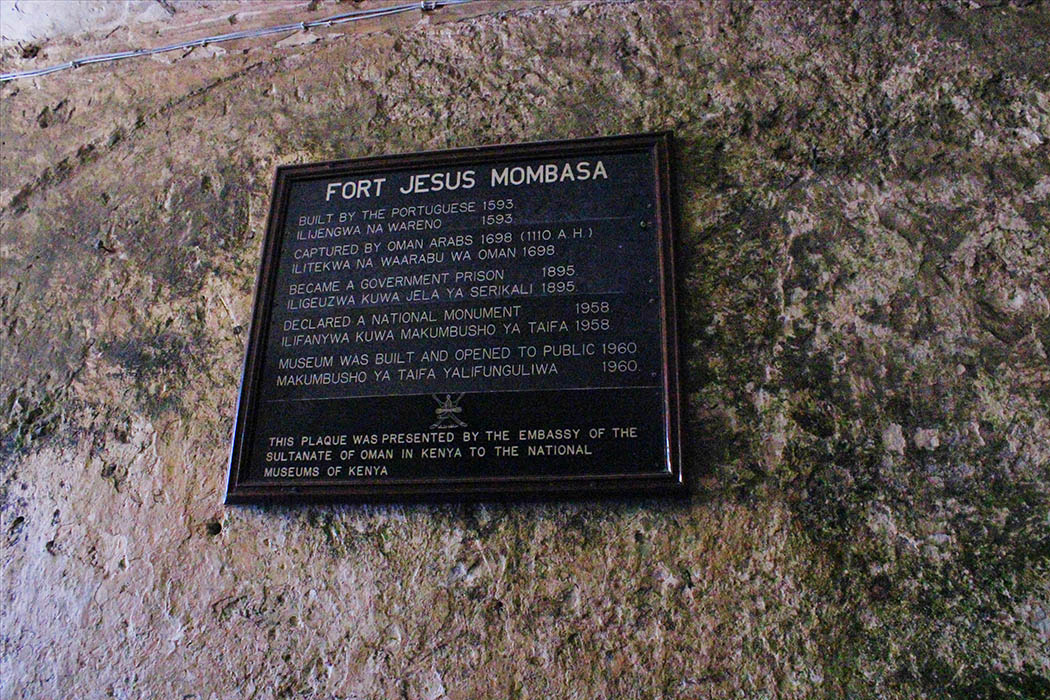
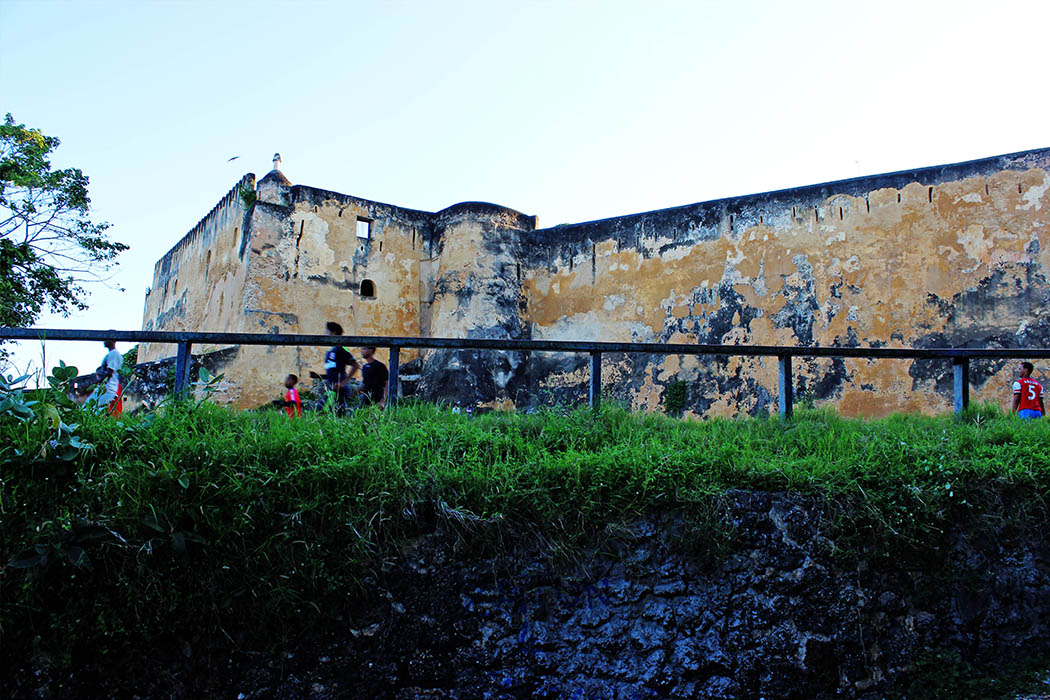
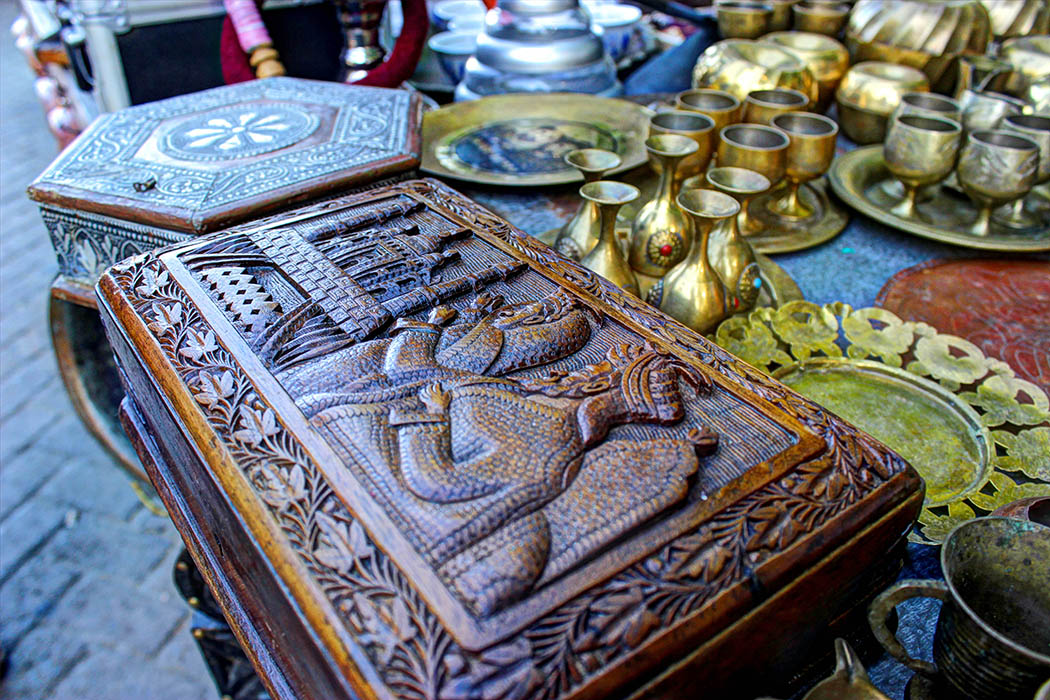
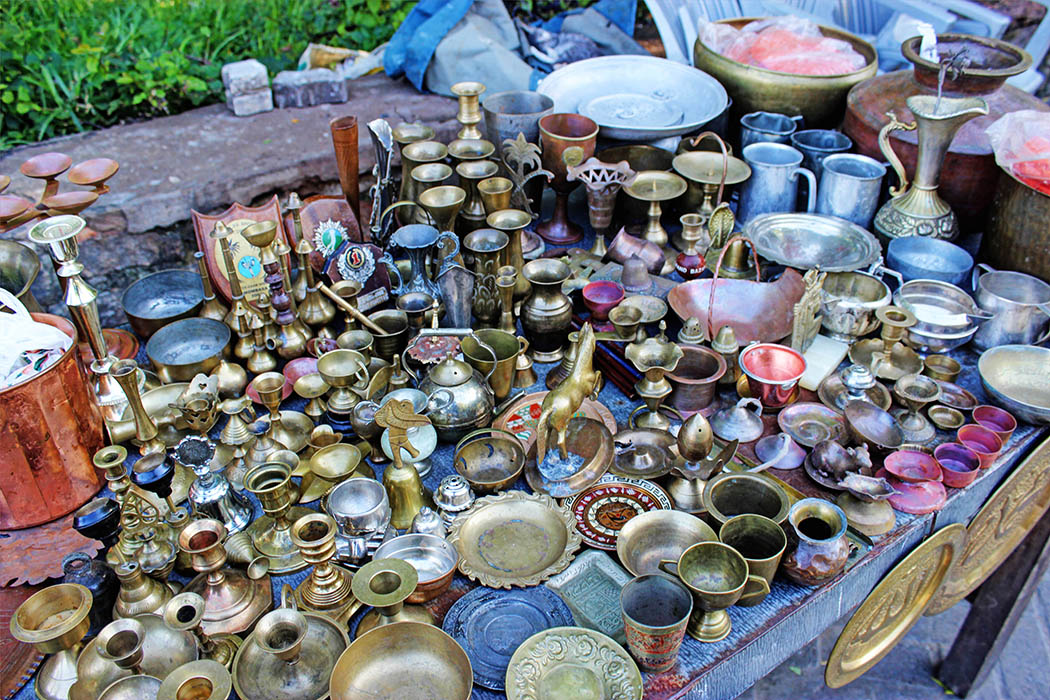
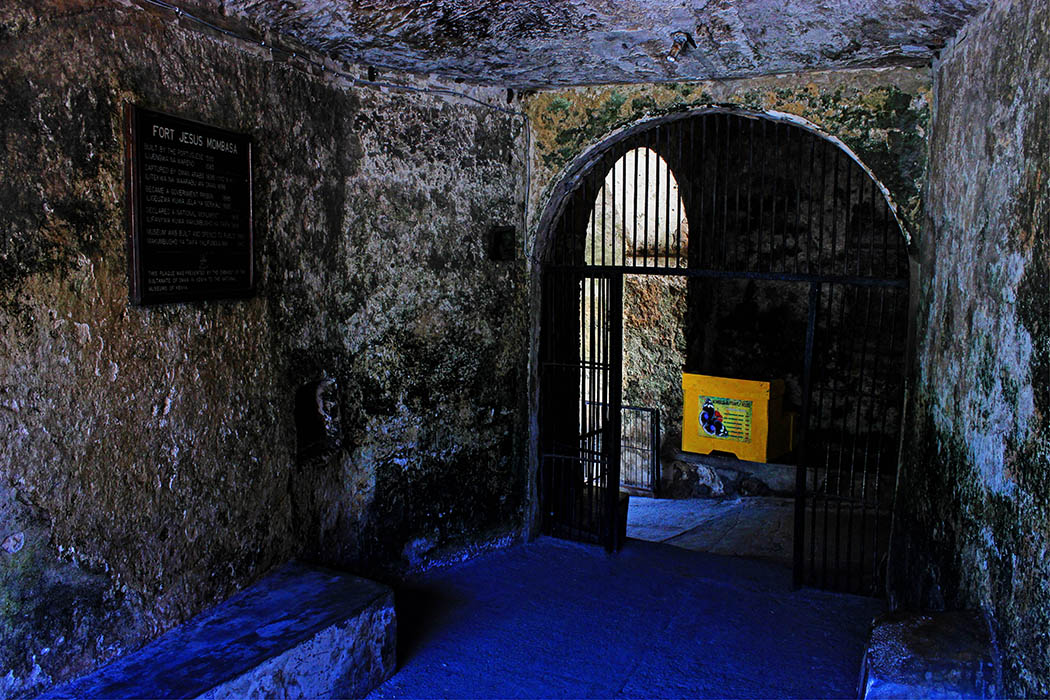
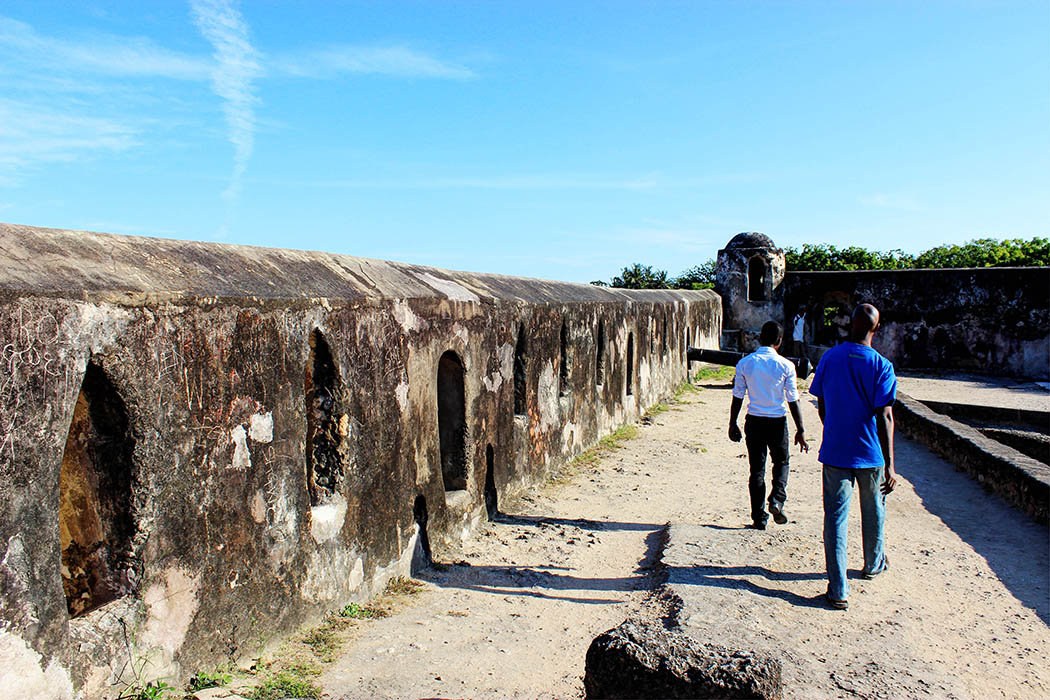
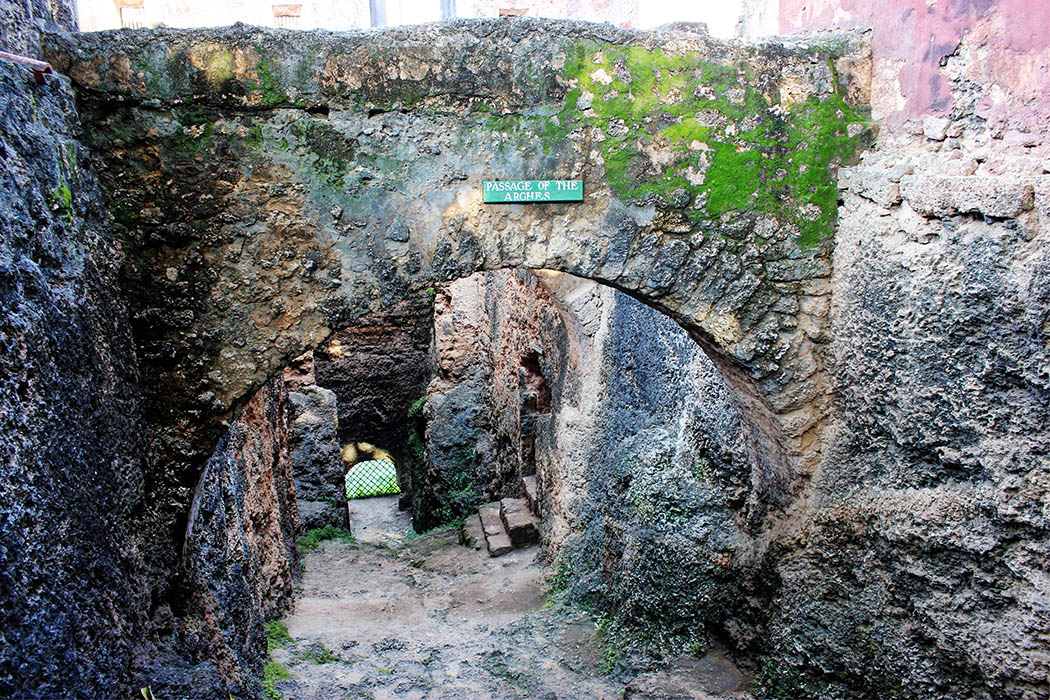
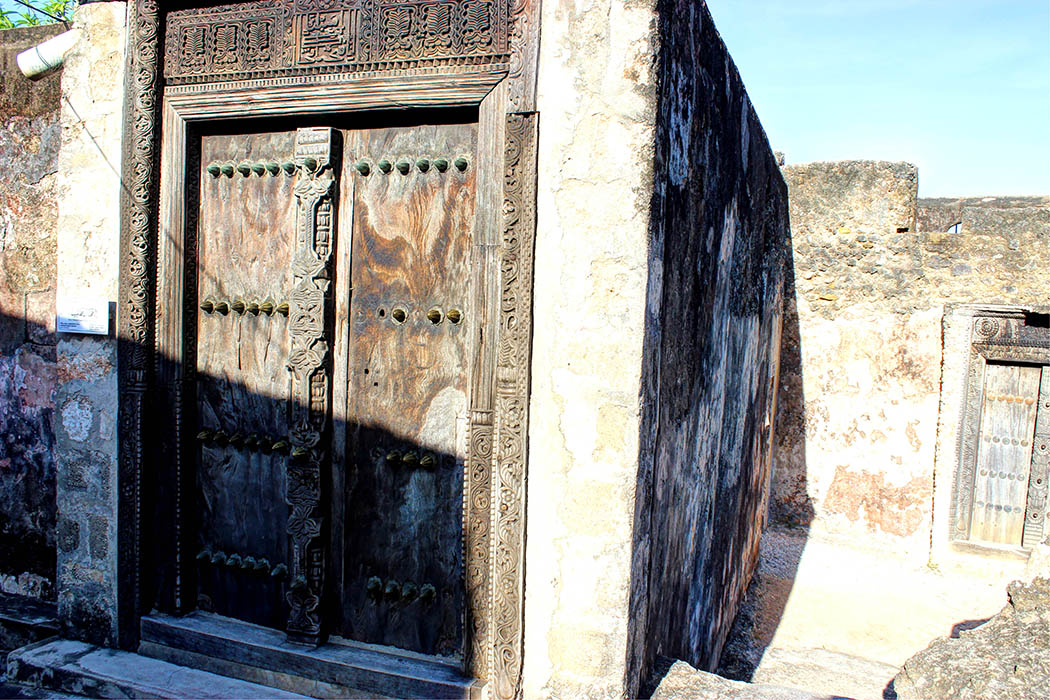

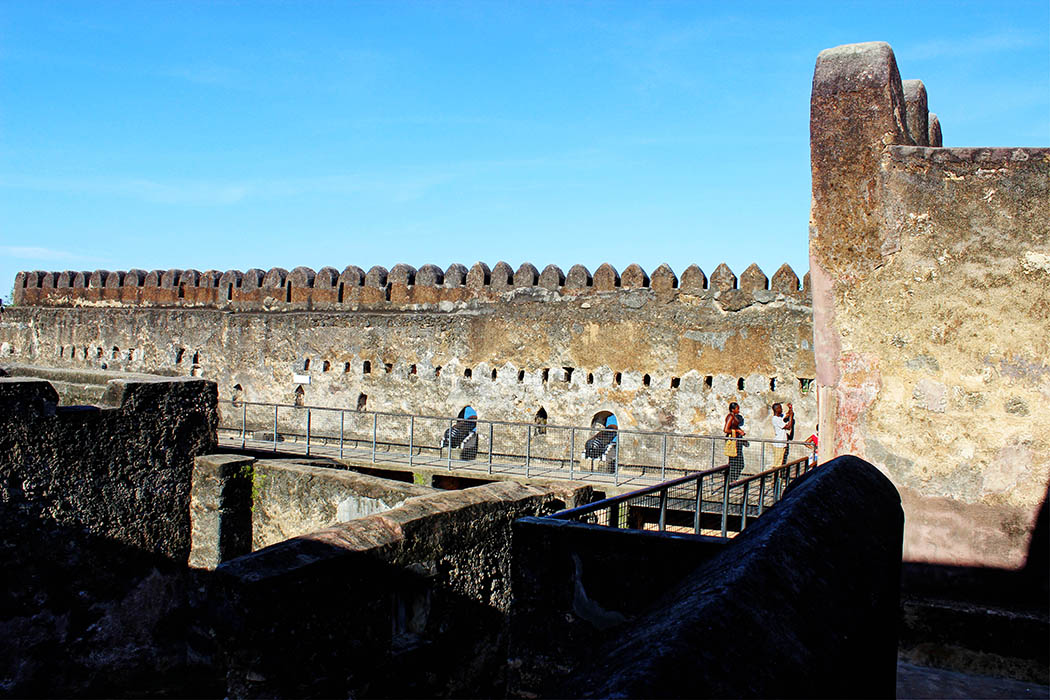
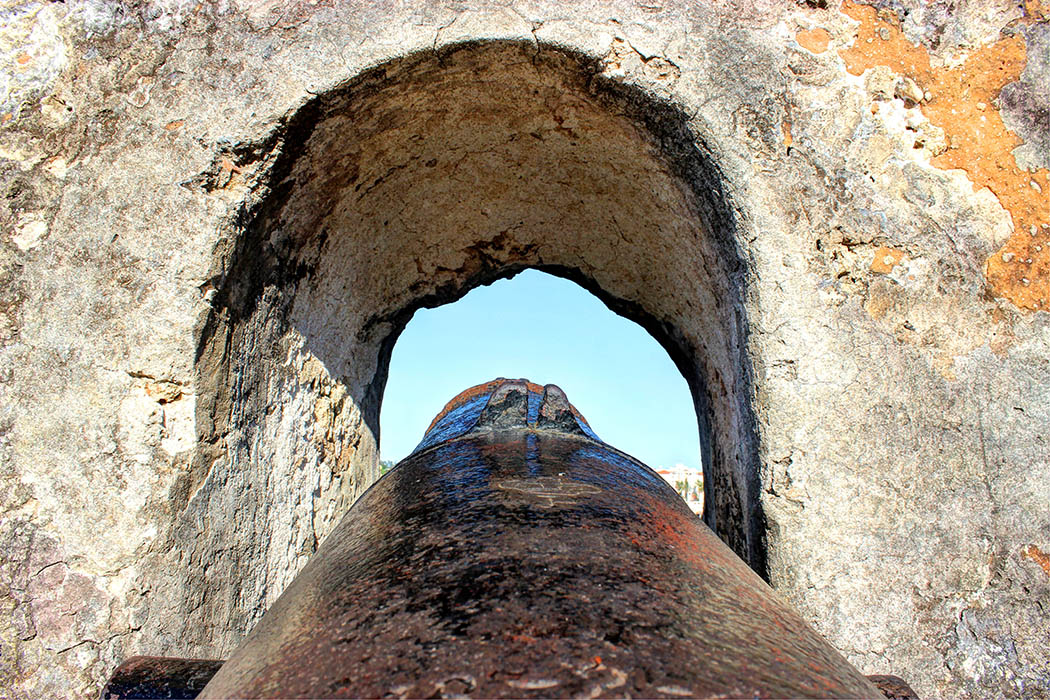
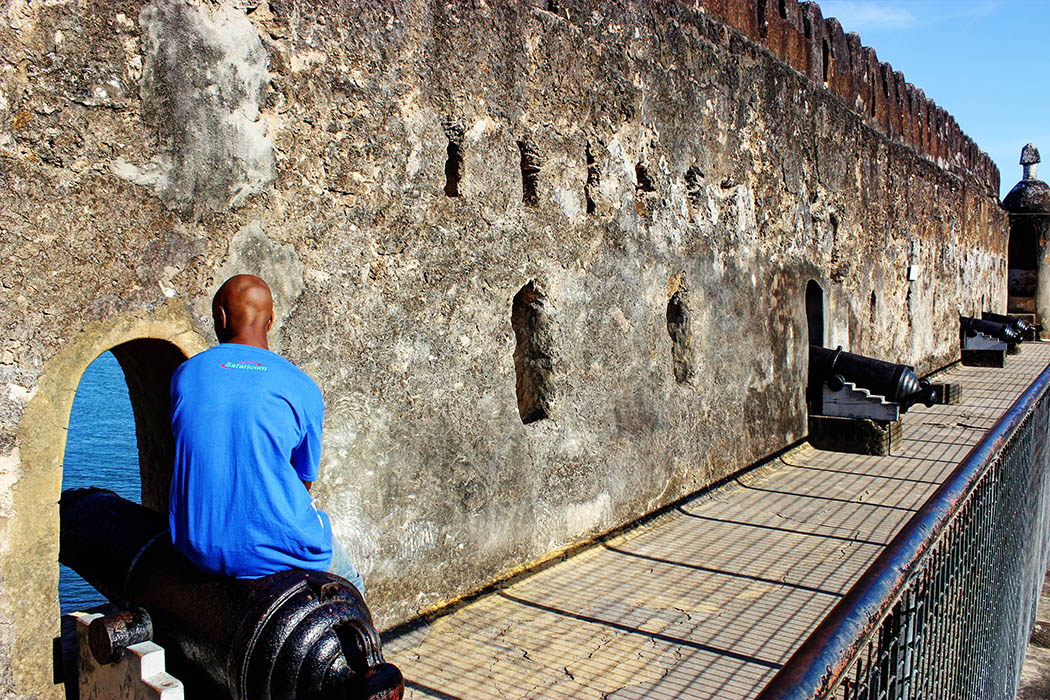
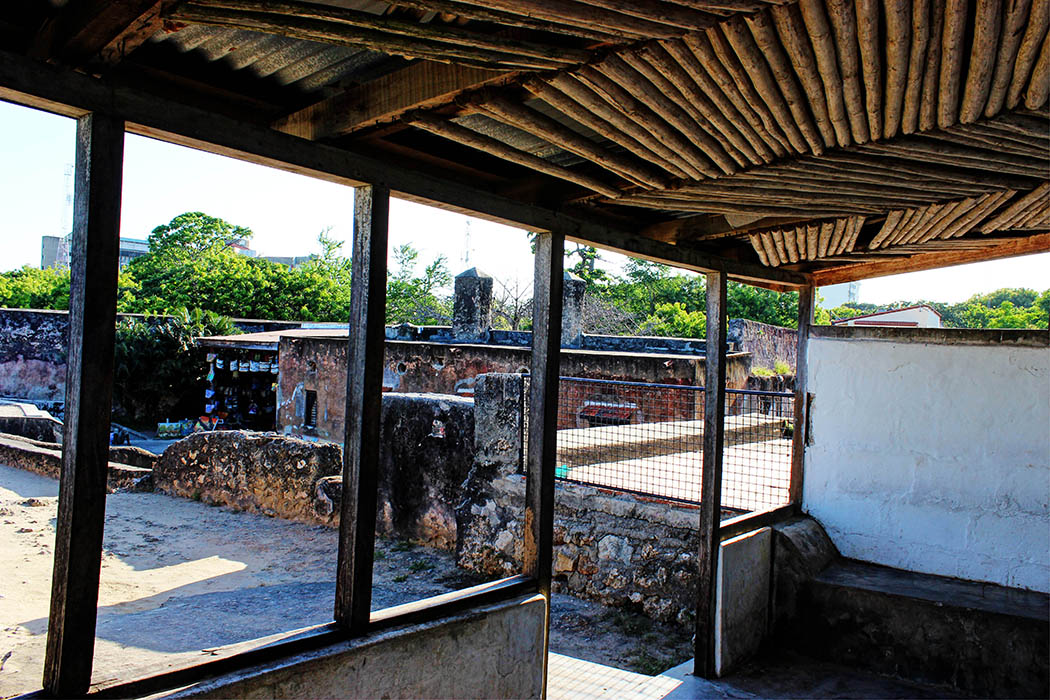
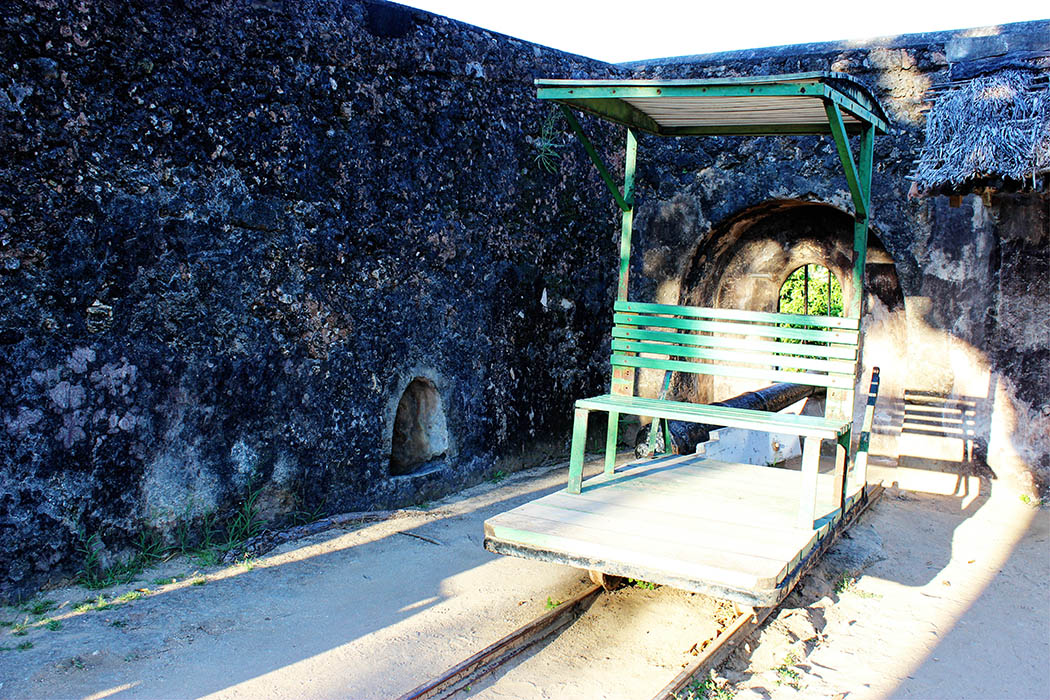
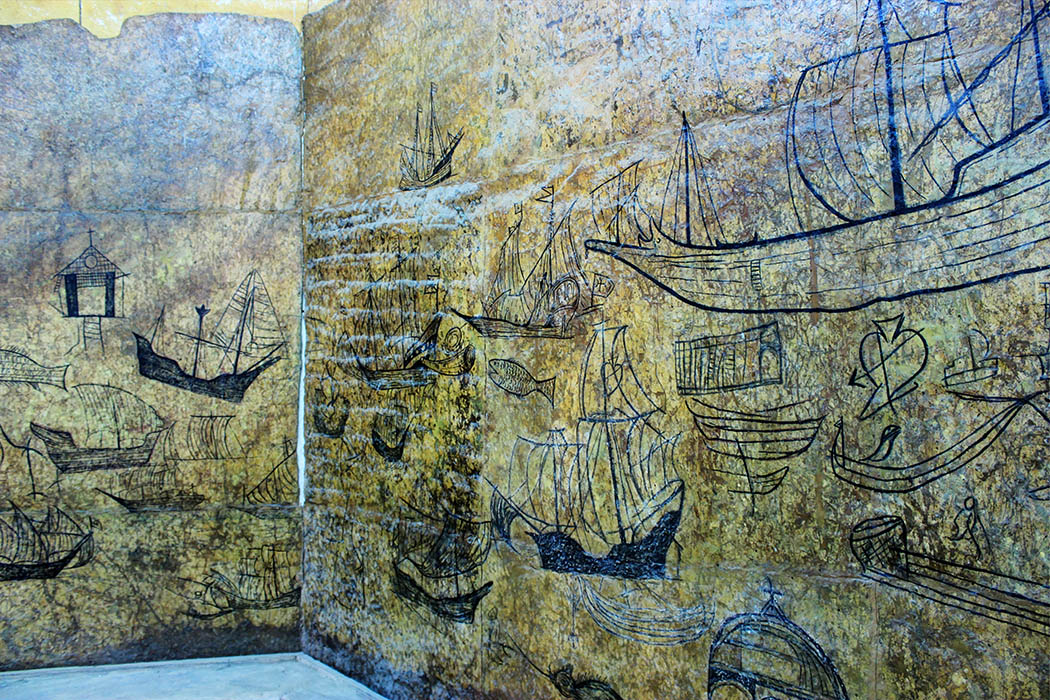
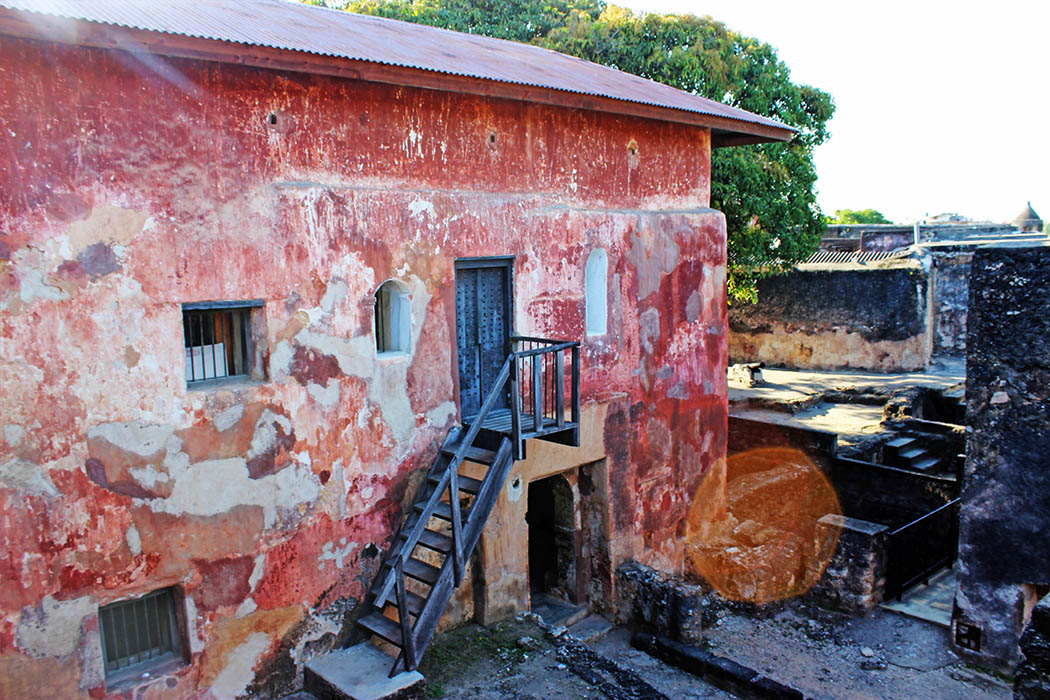
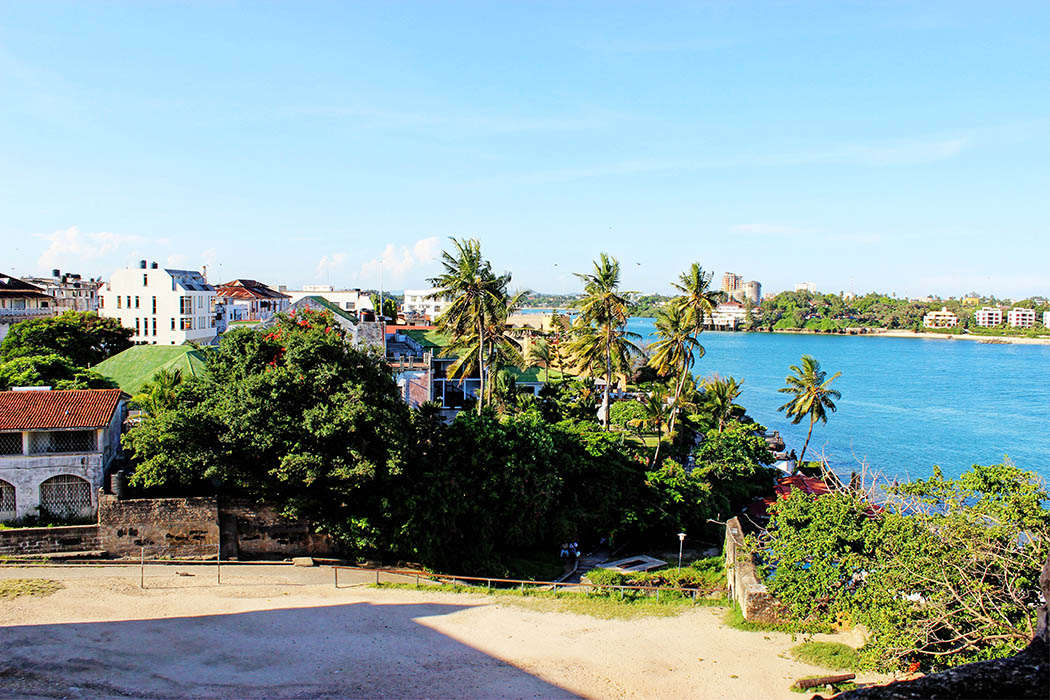
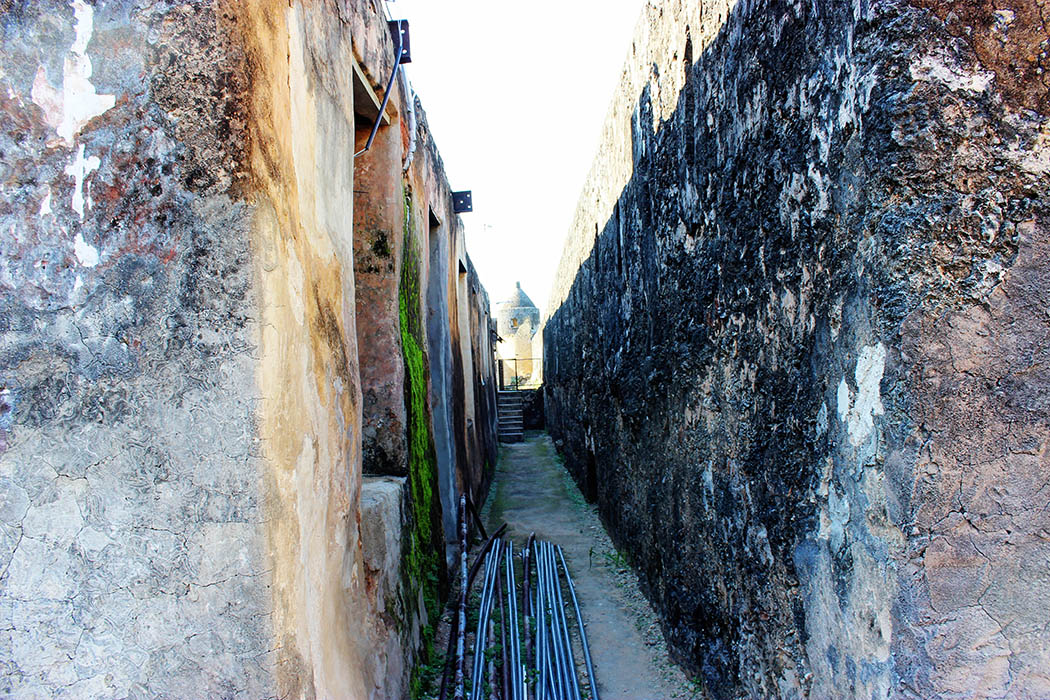
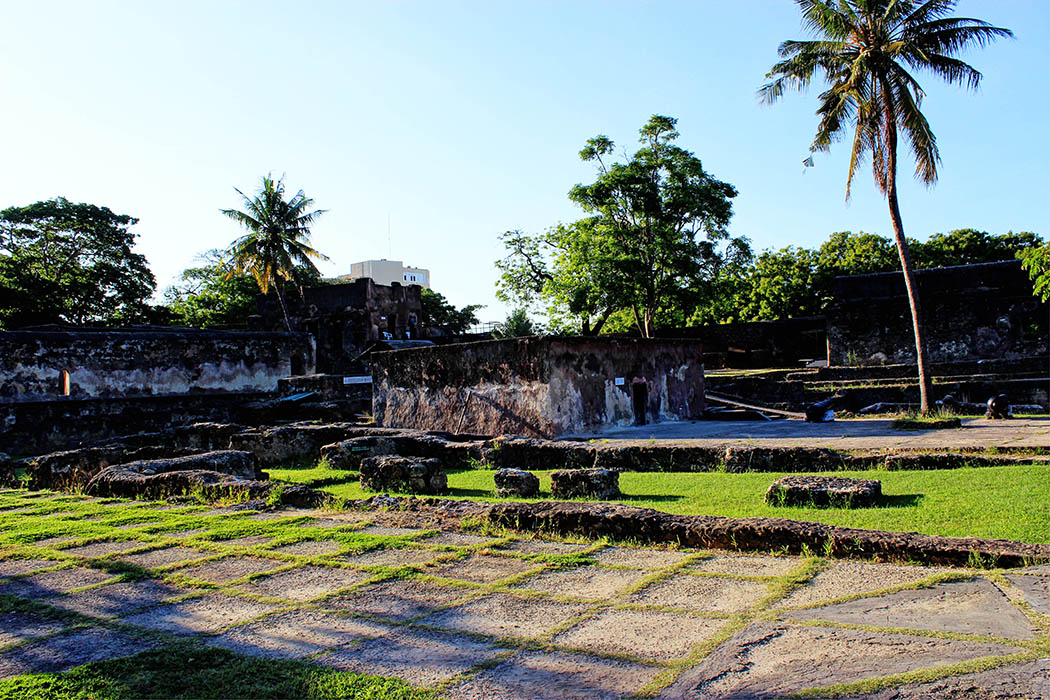
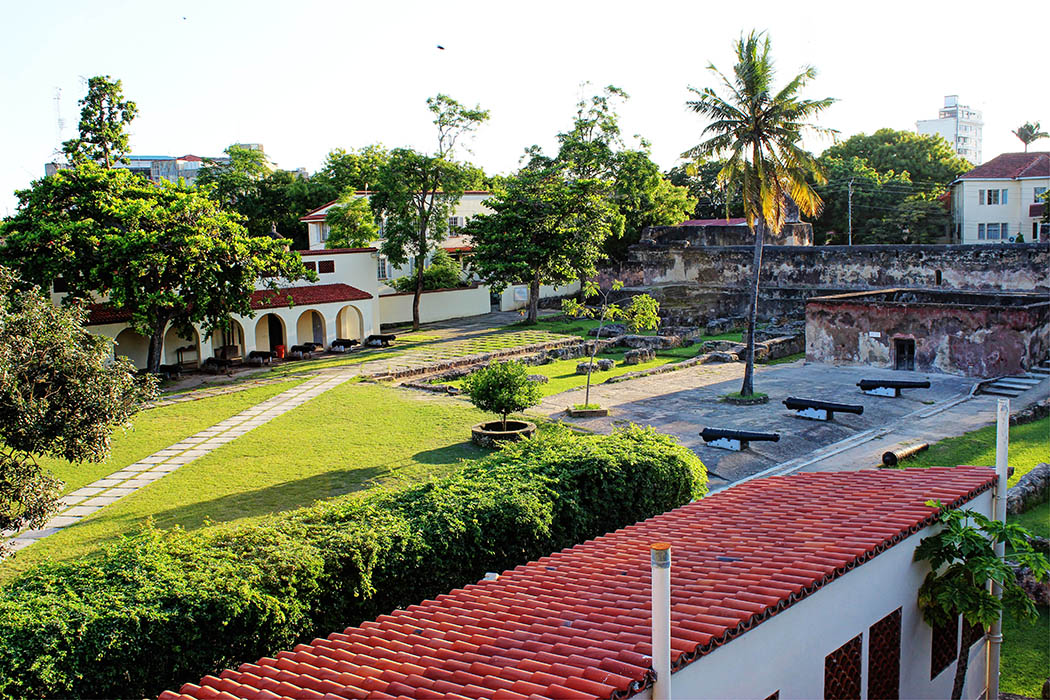
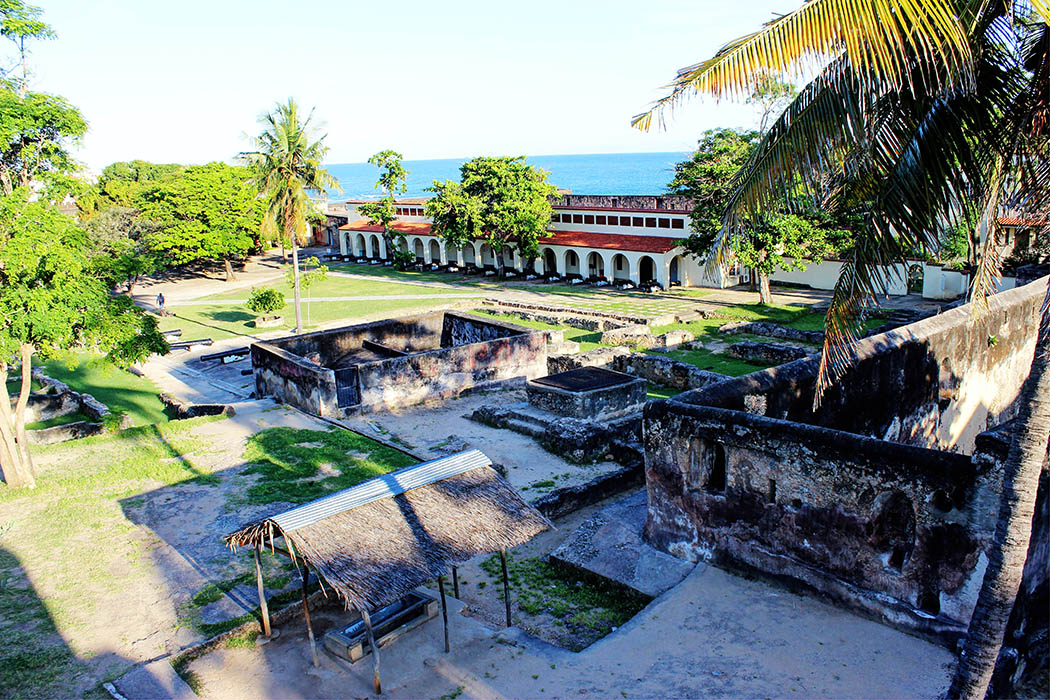
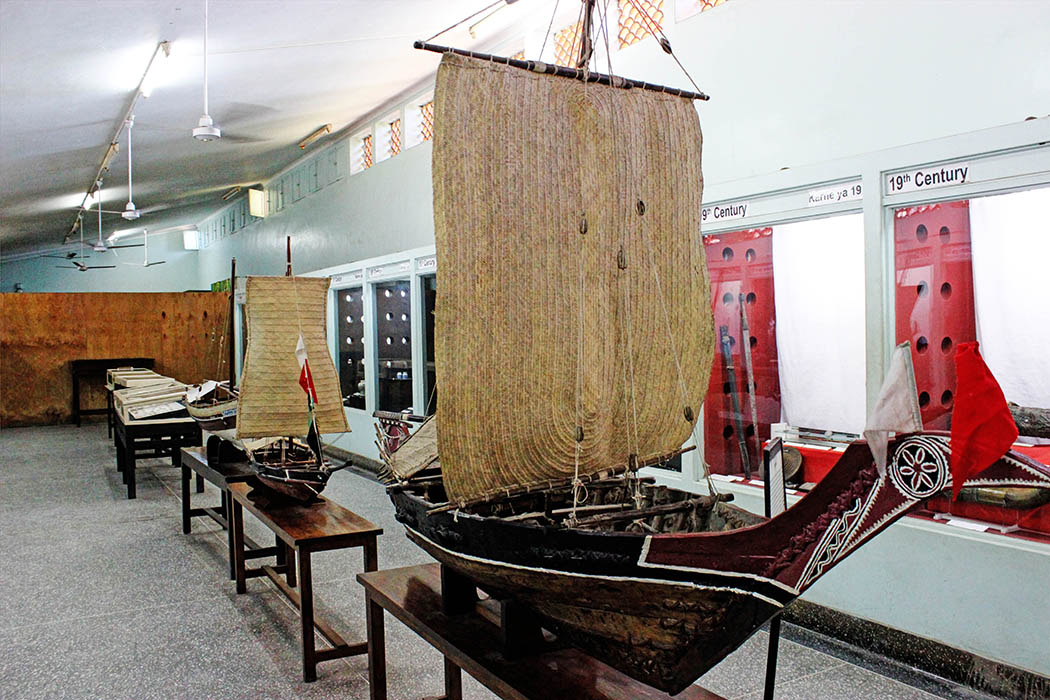
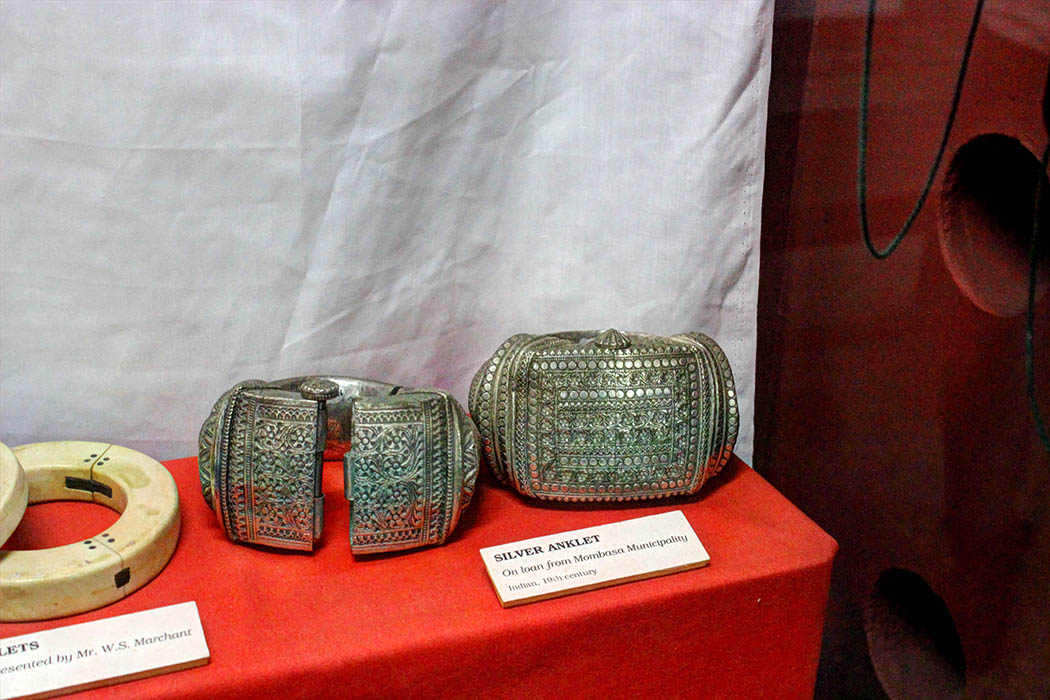
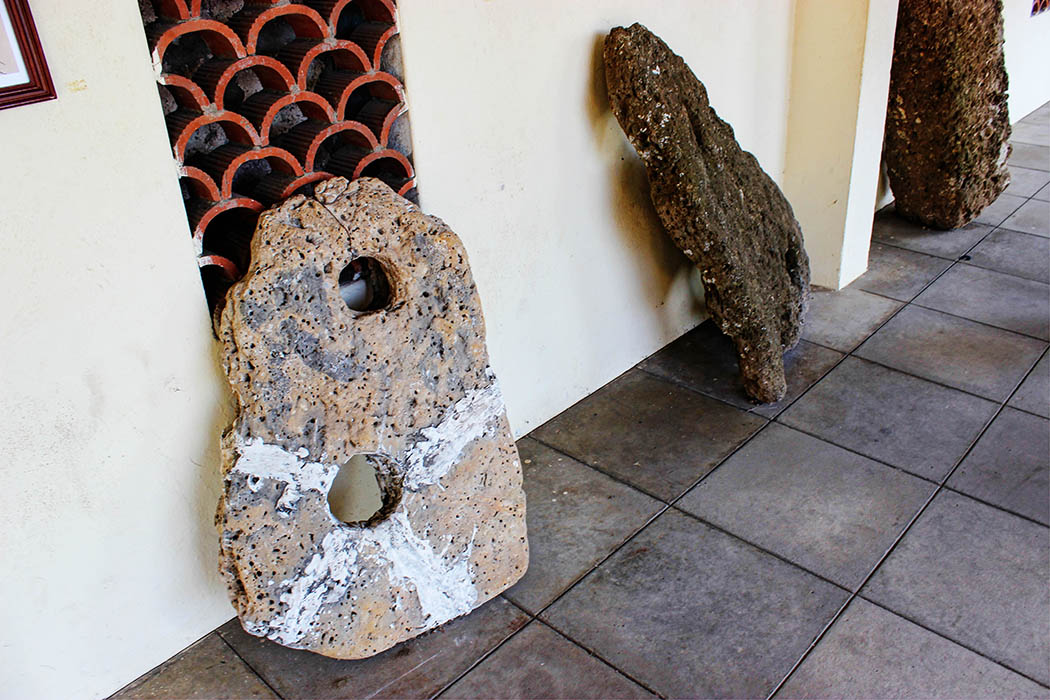
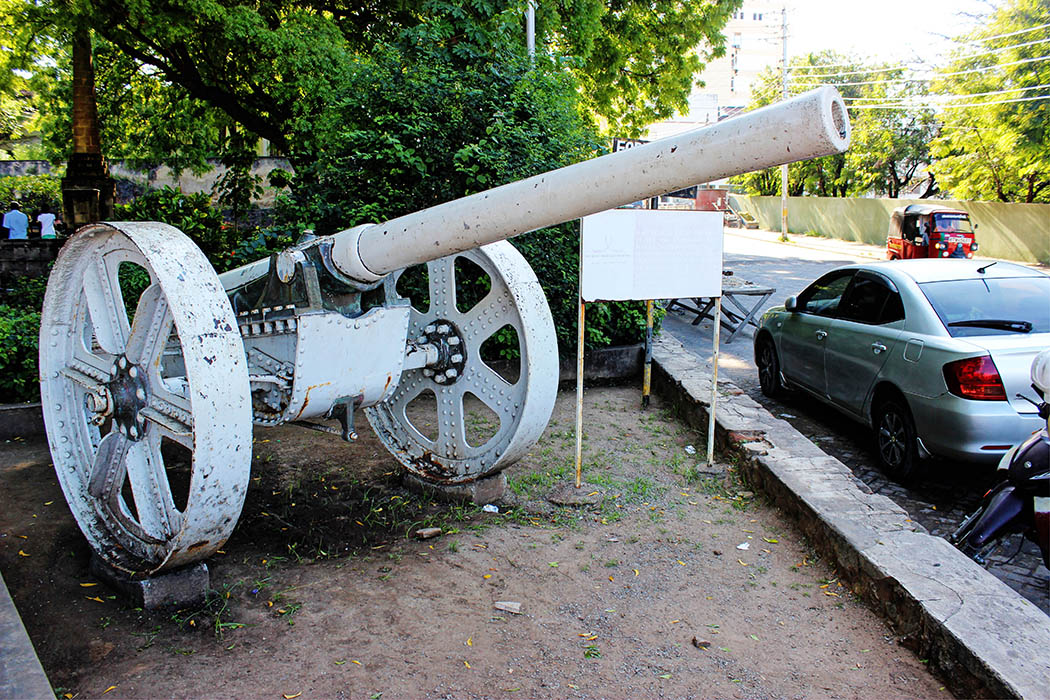
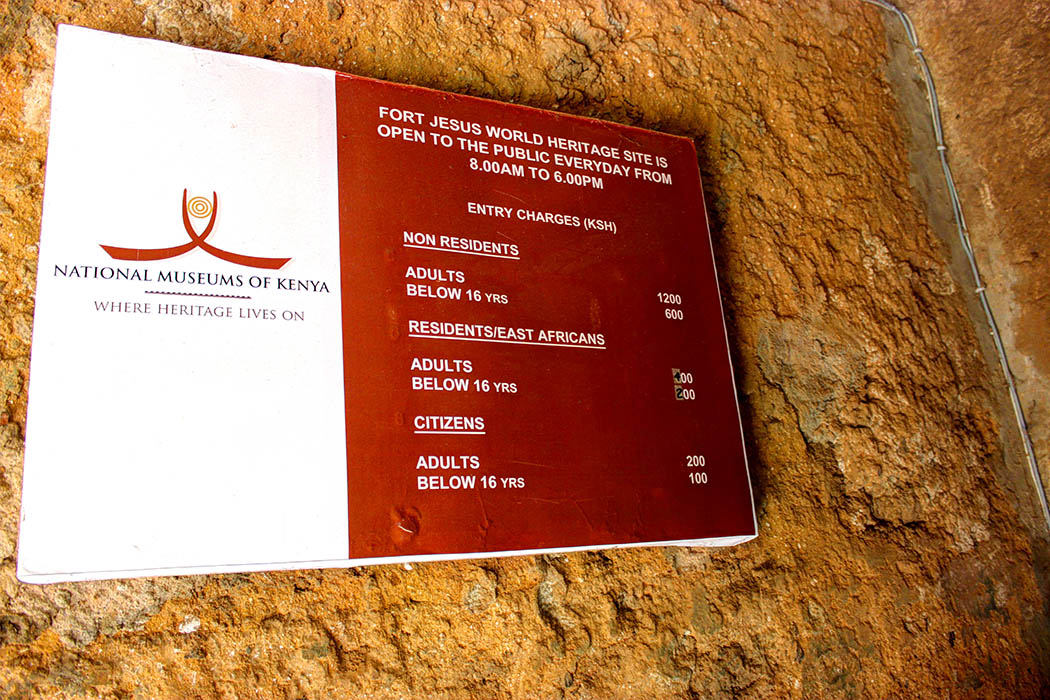



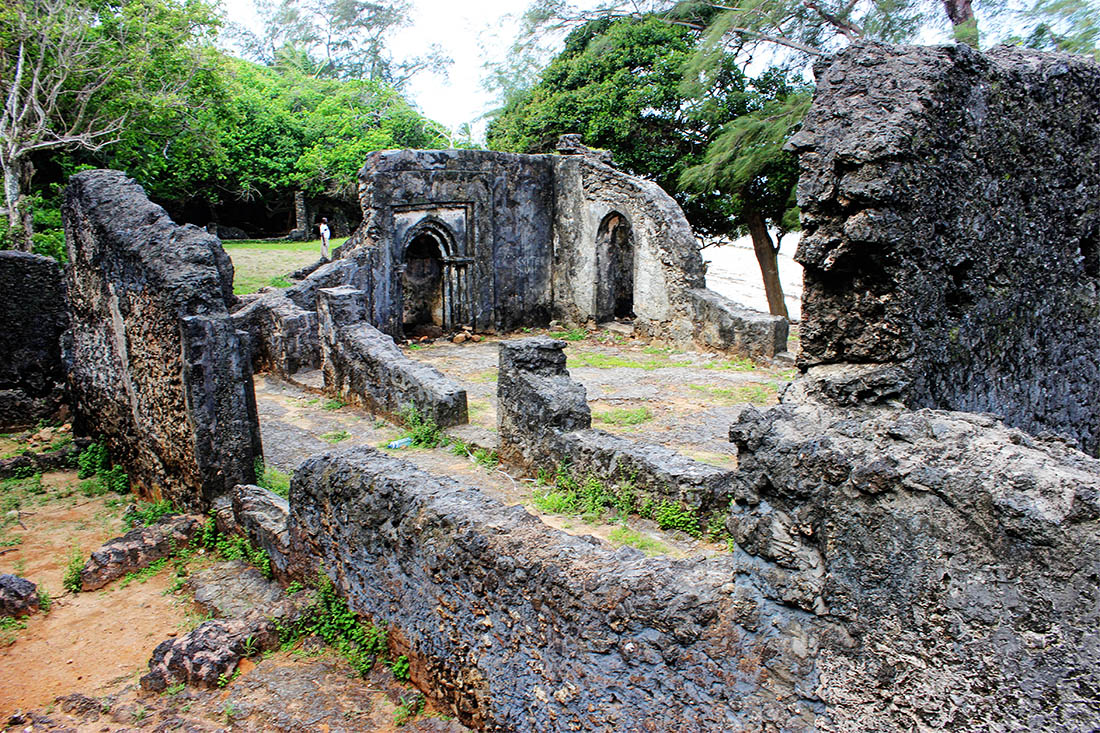


9 Comments
Fascinating history and lovely shots.
Holy smoke! That is a lot of history. I would love to take that tour, it must so strategically placed for so many people to have wanted it :-). Someday, l will experience all these places you write about!!! Great pictures as usual..
Amazing photos and a very interesting history of this fort.
Rachel, I have never heard of Fort Jesus before, but now I really want to go. I love your photos. Yay #wkendtravelinspiration!
The mark so many European countries left on so many disparate parts of the world, is the forts they built. This one looks well preserved and nice they give guided tours.
This looks like a really interesting place to visit. That room with all the boats painted on it really caught my eye. All your photos are beautiful. The rounded edging at the top reminds me a bit of a fort I was in in Morocco, but it’s not the one you mentioned.
How fascinating that the fort is made of coral. It looks lovely, just the sort of place I’d enjoy visiting. Your tour around it was fascinating. Thank you. #wkendtravelinspiration
Wow, this place’s so historical and mysterious! I absolutely loooooove it! Added to my bucket list :-).
Every shot nothing shot of fascinating… My next travel destination